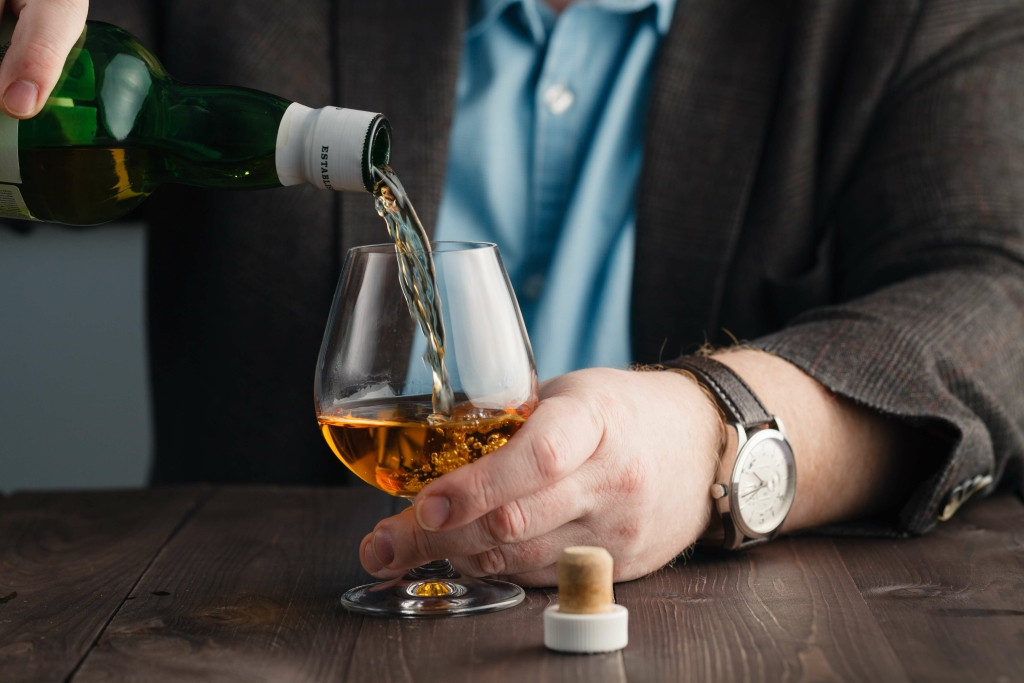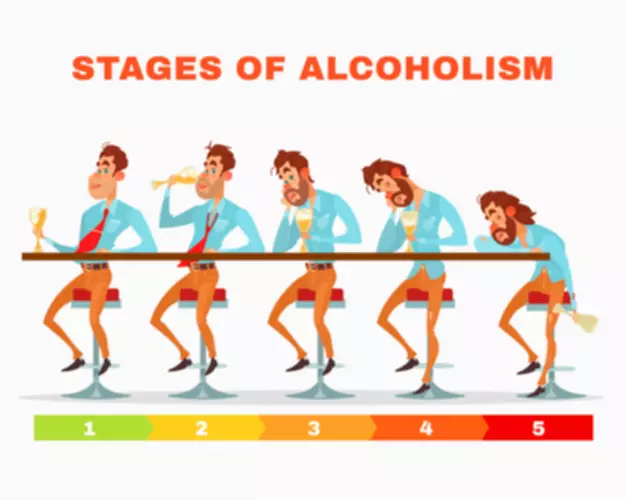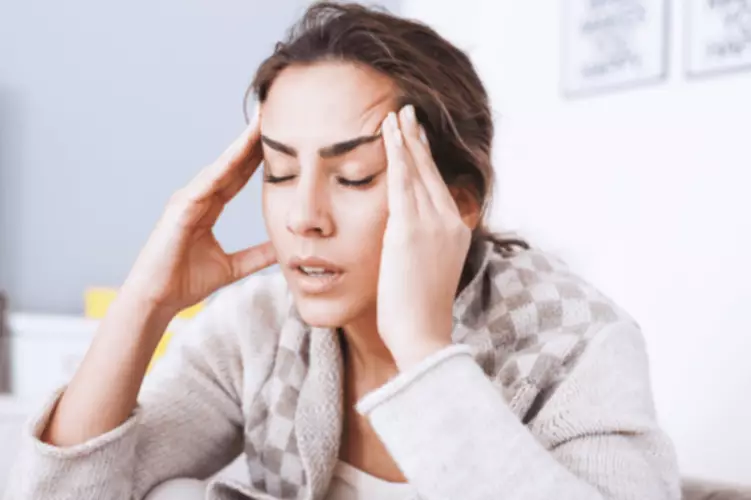Teen drug overdose deaths rose sharply in 2020, driven by fentanyl-laced pills : Shots Health News : NPR
Learn about the symptoms of teen substance use disorder and what to do next. For the purposes of addressing HIV and STD prevention, high-risk substance use is any use by adolescents of substances with a high risk of adverse outcomes (i.e., injury, criminal justice involvement, school dropout, loss of life). Find out as much as you can about their drug use—what substances they’re using, how often they’re using them, and how they’re getting them.
Types of Rehab for Teens
When parents are angry or when teens are frustrated, it’s best to delay the talk. If you aren’t prepared to answer questions, parents might let teens know that you’ll talk about the topic at a later time. Or teens may order substances online that promise to help in sports competition, or promote weight loss. And if they are lonely or dealing with stress, teens may use substances to distract from these feelings.
What Are the Signs a Teen Is Using Drugs?
- The term dual diagnosis refers to the presence of both a drug use disorder and a serious mental health problem in a person.
- Drugs are chemical substances that can change how your body and mind work.
- The Monitoring the Future survey is given annually to students in eighth, 10th, and 12th grades who self-report their substance use behaviors over various time periods, such as past 30 days, past 12 months, and lifetime.
Find up-to-date statistics on lifetime drinking, past-year drinking, past-month drinking, binge drinking, heavy alcohol use, and high-intensity drinking. Before he started visiting the Tri-River Family Health Center, Sam had seven months of residential and outpatient treatment — without ever being offered buprenorphine to help control cravings and prevent relapse. When Sam’s cravings for opioids returned, a counselor suggested Julie call Medina. Making new friends and cutting ties teen drug abuse with his former social circle of teens who use drugs has been one of the hardest things, Sam said, since he entered rehab 15 months ago. That survey showed that many pediatricians don’t think they have the right training or personnel for this type of care — although Medina and other pediatricians who do manage patients with addiction say they haven’t had to hire any additional staff. The American Academy of Pediatrics recommends offering buprenorphine to teens addicted to opioids.
Youth High-Risk Drug Use

Higher severity of substance use disorder symptoms at age 18 also predicted higher rates of prescription drug misuse in adulthood. The 2023 data continue to document stable or declining trends in the use of illicit drugs among young people over many years. However, importantly, other research has reported a dramatic rise in overdose deaths among teens between 2010 to 2021, which remained elevated well into 2022 according to a NIDA analysis of CDC and Census data. This increase is largely attributed to illicit fentanyl, a potent synthetic drug, contaminating the supply of counterfeit pills made to resemble prescription medications. Taken together, these data suggest that while drug use is not becoming more common among young people, it is becoming more dangerous.
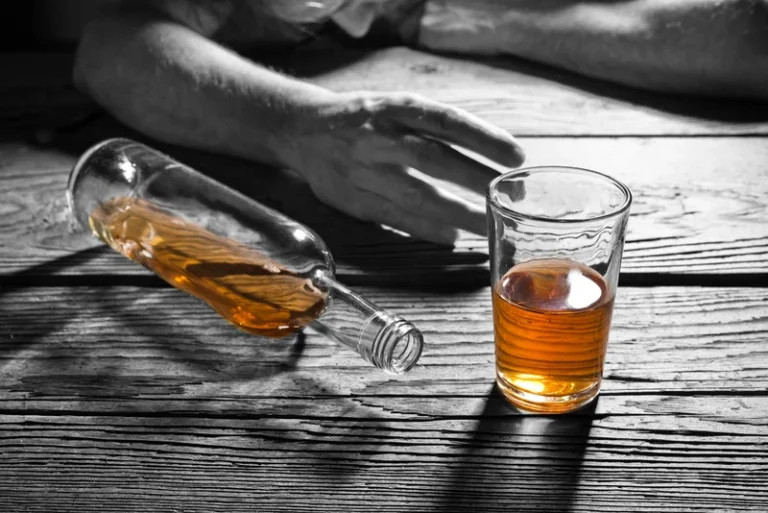
The Monitoring the Future investigators note that schools opt-in to participate in the survey, and some schools that had historically participated opted-out in the years following the onset of the COVID-19 pandemic. All participating students took the survey via the web — either on tablets or on a computer – with 98% of respondents taking the survey in-person in school in 2023. Therefore, students with less engagement in school — a known risk factor for drug use – may have been less likely to participate in the survey.
Prescription Medications
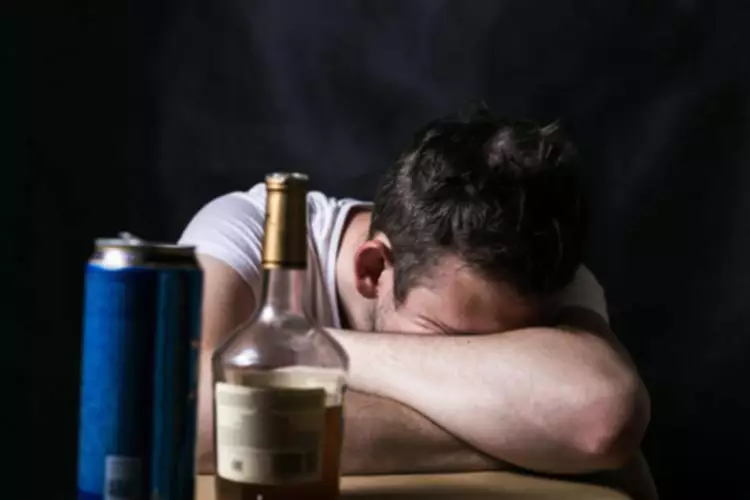
Drug Use Among Youth: Facts & Statistics
- This video for middle school students explains how synthetic cathinones, commonly known as bath salts, affect the brain…
- Various treatment facilities and options are available for teenagers suffering from substance abuse problems.
- When Sam’s cravings for opioids returned, a counselor suggested Julie call Medina.
What is drug abuse and addiction disorder?
- They may also have access to family member’s prescriptions for drugs like opiate painkillers and stimulants or get them from friends who do.
- Adolescents who experienced pandemic-related severe stress, depression, or anxiety, or whose families experienced material hardship during the pandemic, or whose parents uses substances themselves were most likely to use them too.
- Educate teens about drugs, drug use, and life skills with activities and lessons from Scholastic.
- If you are starting a conversation about substance use, choose a place where you and your teen are both comfortable.
- However, others will go on to develop long-term addictions and other serious health issues.
- Children of parents with a substance use disorder are at higher risk for impaired social, educational, and health functioning, as well as being at higher risk for using drugs themselves.


